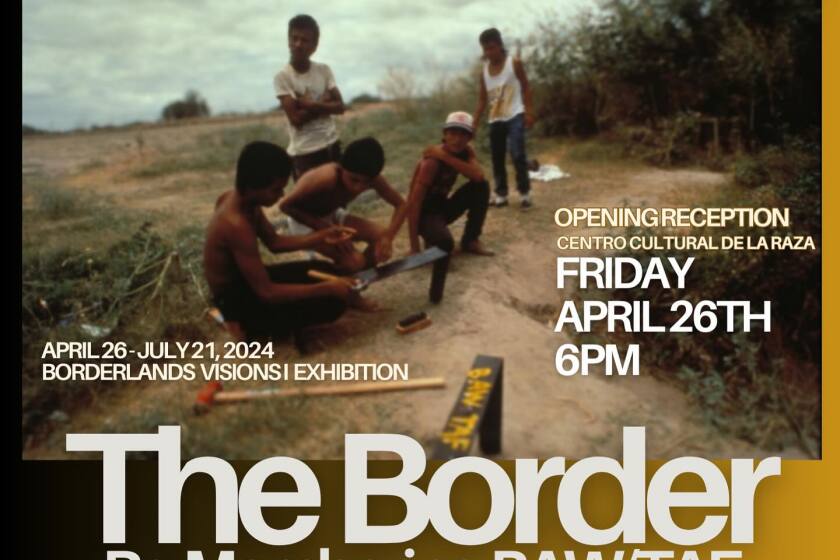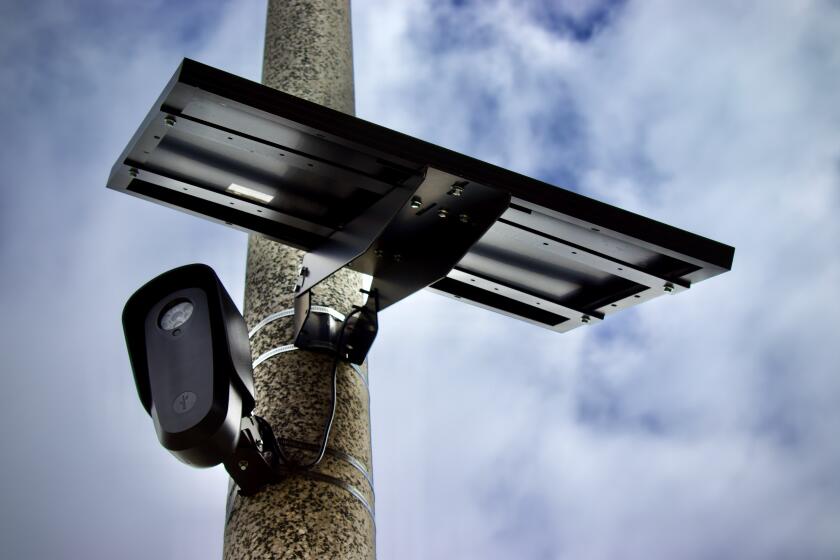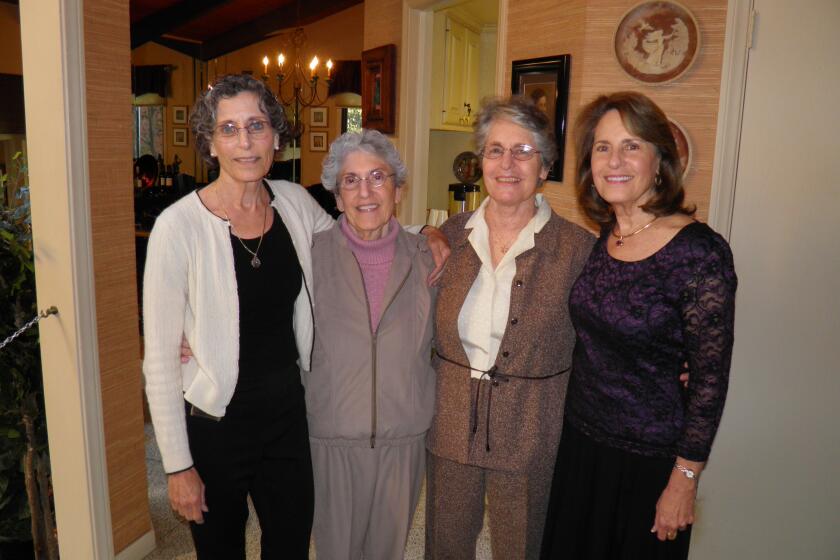Plaza de Panama plan reclaims Balboa Park for people
Balboa Park is set to fulfill a longtime vision to reclaim the entire center of the park for pedestrian use — with car-free plazas, promenades and green space replacing roadways and parking lots, from the arch at the end of the Cabrillo Bridge to beyond the Spreckels Organ Pavilion.
The park’s arts, cultural, scientific and educational organizations stand united in our support for the Plaza de Panama plan, which was approved by the San Diego City Council in 2012 and now is in the park’s Master Plan. The project is the No. 1 priority of Balboa Park United, an alliance that includes all 29 park cultural institutions in the Balboa Park Cultural Partnership, Friends of Balboa Park, the Balboa Park Conservancy, the San Diego Foundation’s Balboa Park Trust and the Balboa Park Online Collaborative.
View the Video Balboa Park Plan letters
Why is this project so important to the institutions serving Balboa Park’s millions of visitors each year? First, it greatly enhances the park experience for visitors by restoring the historic pedestrian core as designed by exposition architect Bertram Goodhue in 1915 for the mutual enjoyment of San Diegans and visitors to our community.
Though it’s called the Plaza de Panama Project, this plan does so much more than reclaim the park’s grand central plaza. It also restores, for pedestrian use, the Plaza de California in front of the Museum of Man — one of the park’s most beautiful spaces, ruined by a road running through it.
The project also reclaims the west El Prado, which links the Plaza de California and the Plaza de Panama; fully pedestrianizes the Plaza de Panama, eliminating the confusing and dangerous roadway currently taking up a corner of this central space; transforms the road leading to the Organ Pavilion into a landscaped promenade; and replaces the massive (and ugly) asphalt parking lot behind the Organ Pavilion with an underground parking garage topped by a beautiful, two-acre open space for picnics and play.
In all, this exciting transformation creates 6.3 acres of restored car-free space for visitors, making it both more beautiful and functional for park guests.
Another important aspect of the project is that it retains the vehicular entrance to the park from the west, used by nearly half of the park’s visitors. It also greatly improves traffic flow, circulation and parking, which continue to be our visitors’ top concerns.
After vehicles cross the Cabrillo Bridge, a right turn will permit access onto a new roadway leading to parking behind the Alcazar Gardens. This existing lot will be revamped for drop-off, valet staging and disabled parking — providing enhanced access for those with limited mobility. This element is incredibly important to every park institution; we’ve seen how difficult the removal of disabled parking from the Plaza de Panama without a thoughtful plan to replace those spaces has been for many guests.
Finally, the project nets an additional 280 parking spaces for visitors via the 800-space underground garage replacing the Organ Pavilion lot. While the project plans a modest fee to park in the garage to service its construction bond, more than 80 percent of the parking in Balboa Park remains free. We know many guests are fine with paying a small sum for reliable, safe and easy parking near the core of park activities. And it’s a tiny price to replace a vast expanse of asphalt with beautiful parkland on top of the underground garage.
The project also is a huge safety improvement. Each day, thousands of park users dodge cars while trying to enjoy the attractions and activities in the plazas. Eliminating vehicle and pedestrian conflicts in dozens of areas guarantees our park will be safer and more enjoyable.
It’s been four years since this project was approved by a bipartisan supermajority of the City Council. Over two years leading up to that approval, the project received rigorous public review. It was vetted and improved through more than 250 public meetings, earning the support of the Balboa Park Committee and five community groups around the park, as well as the unanimous recommendation of the San Diego Planning Commission.
There are few remaining naysayers on the project, and you can bet they’ll try to drown out the voices of the great majority who are eager to see this vision completed. They will try to dissuade us with the same points they used to delay the project’s construction — all of which were vetted by community and city decision makers and were ultimately court-tested.
We urge our fellow San Diegans to join us in voicing their support for this restoration of our shared civic space, reclaiming the park for people. Our city and region deserve nothing less.
Get Weekend Opinion on Sundays and Reader Opinion on Mondays
Editorials, commentary and more delivered Sunday morning, and Reader Reaction on Mondays.
You may occasionally receive promotional content from the San Diego Union-Tribune.





